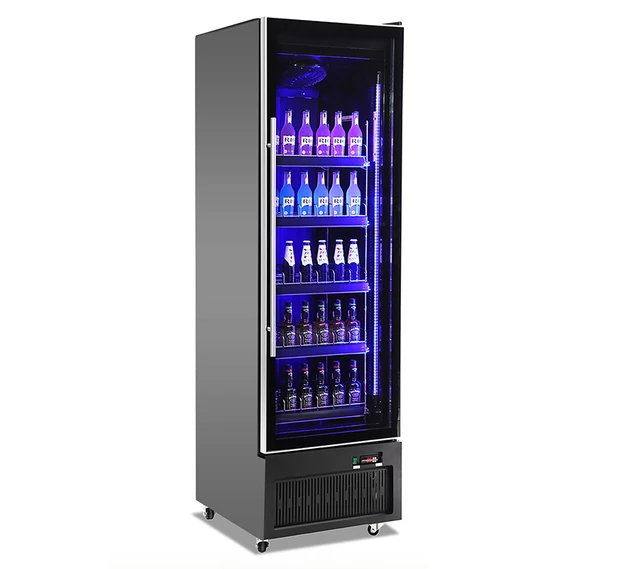Introduction:
Setting the correct temperature for your LG refrigerator is crucial to ensure food safety and optimal performance. LG refrigerators offer a range of temperature settings to suit different needs. This article aims to provide guidance on the correct temperature setting for an LG fridge, taking into account factors such as food storage recommendations, energy efficiency, and the features of LG refrigerators.
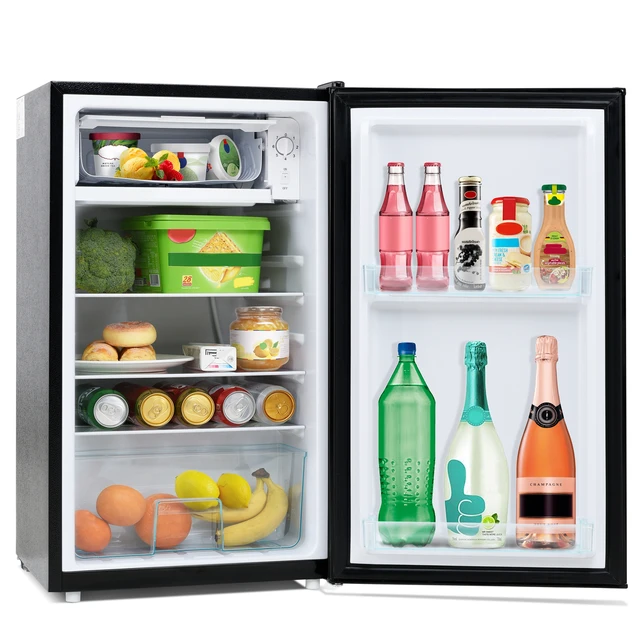
What is the correct temperature setting for a LG fridge?
Recommended Temperature Settings:
The recommended temperature setting for an LG refrigerator is typically between 35°F (1.7°C) and 38°F (3.3°C) for the refrigerator compartment.
The freezer compartment should be set to a temperature between 0°F (-18°C) and -4°F (-20°C).
Food Safety:
Setting the refrigerator temperature within the recommended range helps to ensure the safety and freshness of your stored food.
Temperatures below 40°F (4.4°C) help to inhibit bacterial growth and keep perishable items, such as dairy products, meat, and leftovers, at a safe temperature.
Freezer temperatures below 0°F (-17.8°C) help to preserve frozen foods and prevent the growth of bacteria.
LG Refrigerator Features and Controls:
LG refrigerators are equipped with various features and controls to help you set and maintain the desired temperature.
Look for the temperature control panel, which may be located inside the refrigerator compartment or on the exterior of the appliance.
Some LG models offer digital temperature controls, allowing for precise adjustments.
Energy Efficiency Considerations:
While it is important to maintain safe temperatures for food storage, setting the temperature too low can result in unnecessary energy consumption.
Keeping the refrigerator temperature within the recommended range helps to optimize energy efficiency and reduce electricity costs.
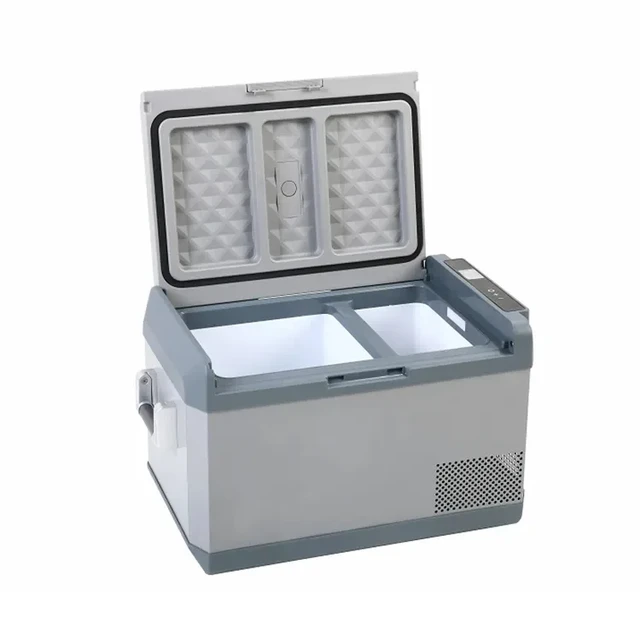
Adjustable Temperature Zones:
Some LG refrigerator models offer adjustable temperature zones, allowing you to customize the temperature settings for specific compartments.
These zones may include features like a deli or pantry drawer with adjustable temperature controls.
Consult the user manual or control panel instructions to adjust the temperature settings for these specific compartments.
External Factors to Consider:
External factors, such as the ambient temperature of the room and how often the refrigerator is opened, can affect the internal temperature.
Avoid placing the refrigerator in direct sunlight or near heat sources, as this can impact temperature regulation.
Frequent door openings can cause temperature fluctuations, so be mindful of keeping the door closed for extended periods.
Use of Temperature Monitoring Devices:
For added peace of mind, you may consider using temperature monitoring devices, such as fridge thermometers, to ensure the accuracy of your LG refrigerator’s temperature settings.
Place the thermometer in a visible location within the refrigerator compartment and regularly check the temperature reading to ensure it remains within the recommended range.
Adjusting Temperature Settings:
To adjust the temperature settings of your LG refrigerator, refer to the user manual specific to your model.
In most cases, you can use the temperature control panel or digital controls to increase or decrease the temperature.
Be patient when making adjustments, as it may take several hours for the internal temperature to stabilize at the desired level.

Checking and Monitoring Food Storage:
Regularly check the condition of your stored food items to ensure they remain fresh and safe to consume.
Discard any perishable items that show signs of spoilage, such as a foul odor, unusual texture, or mold growth.
Pay attention to the storage recommendations for specific food items, such as keeping certain foods in the refrigerator or freezer.
Additional Tips:
Avoid overpacking the refrigerator, as this can hinder proper air circulation and temperature regulation.
Allow space between items for optimal cooling and airflow.
Clean the refrigerator regularly to remove spills and debris that can impact temperature accuracy and food safety.
Importance of Regular Maintenance:
Along with setting the correct temperature, regular maintenance is essential for optimal performance and longevity of your LG refrigerator.
Follow the manufacturer’s guidelines for cleaning and maintenance, including defrosting the freezer if necessary.
Regularly clean the condenser coils to prevent dust and debris buildup, which can impact cooling efficiency.
Seeking Assistance from LG Customer Support:
If you have any specific concerns or questions about the temperature settings or operation of your LG refrigerator, don’t hesitate to reach out to LG customer support.
LG provides customer support services through phone, email, or online chat, and their representatives can assist you with any inquiries or troubleshooting needs.
Adjusting Temperature for Individual Needs:
It’s important to note that individual preferences and specific food storage requirements may vary.
Some individuals may prefer slightly cooler or warmer temperatures based on personal preferences or specific food types.
Consider factors such as the freshness of produce, the longevity of leftovers, and the requirements of certain beverages when adjusting the temperature settings.
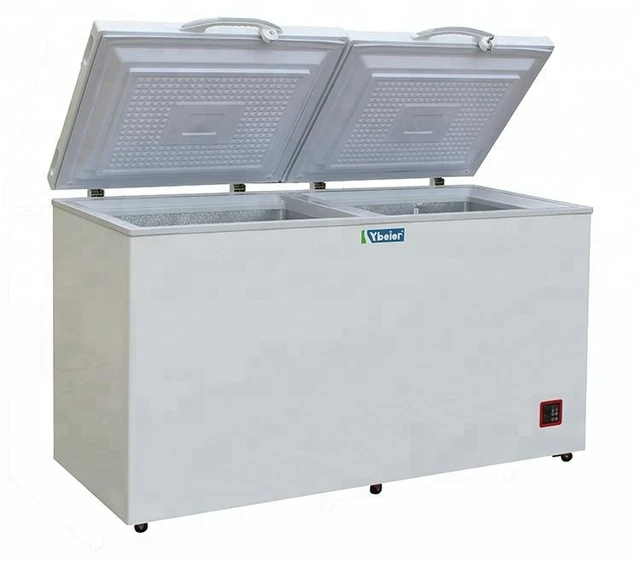
Regular Temperature Checks:
To ensure the temperature settings are accurately maintained, it is a good practice to periodically check the internal temperature of your LG refrigerator.
Use a refrigerator thermometer to monitor the temperature in different sections of the refrigerator and freezer compartments.
If you notice significant temperature deviations, it may indicate a need for maintenance or potential issues with the appliance.
Benefits of Proper Temperature Settings:
Setting the correct temperature in your LG refrigerator offers several benefits.
It helps to maintain the quality and freshness of perishable items, preventing food spoilage and waste.
Proper temperature settings also contribute to energy efficiency and lower electricity bills.
Additionally, it ensures safe food storage, reducing the risk of foodborne illnesses caused by bacteria growth.
Compliance with Food Safety Guidelines:
By setting the correct temperature in your LG refrigerator, you are adhering to food safety guidelines recommended by health organizations and regulatory authorities.
These guidelines aim to minimize the risk of foodborne illnesses and maintain the integrity of stored food items.
Monitoring Environmental Factors:
Environmental factors can affect the performance and temperature regulation of your LG refrigerator.
If you live in an area with extreme temperatures or experience frequent power outages, consider additional measures to protect your stored food, such as using backup power or insulated coolers during power interruptions.
Customization and Advanced Features:
LG offers a range of refrigerator models with advanced features that allow for further customization of temperature settings.
Some models provide individual temperature controls for specific compartments, such as crispers or deli drawers.
Explore the capabilities of your LG refrigerator and utilize these features to accommodate specific storage needs.
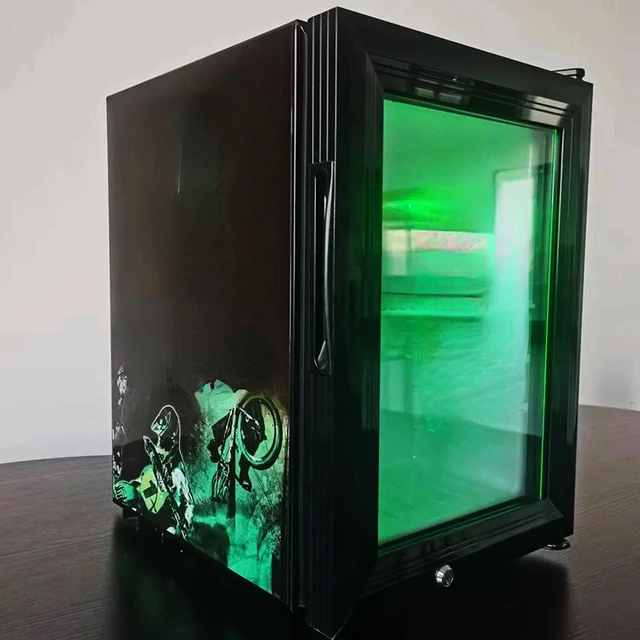
Conclusion:
The correct temperature setting for an LG refrigerator is typically between 35°F (1.7°C) and 38°F (3.3°C) for the refrigerator compartment, and 0°F (-18°C) to -4°F (-20°C) for the freezer compartment. These settings help to ensure food safety, prevent bacterial growth, and maintain the freshness of perishable items. LG refrigerators offer features and controls to adjust and monitor the temperature settings, so consult the user manual specific to your model for guidance. Consider external factors, such as room temperature and door openings, and use temperature monitoring devices for added accuracy. By following these guidelines and regularly monitoring the condition of your stored food, you can ensure optimal performance and food safety in your LG refrigerator.

